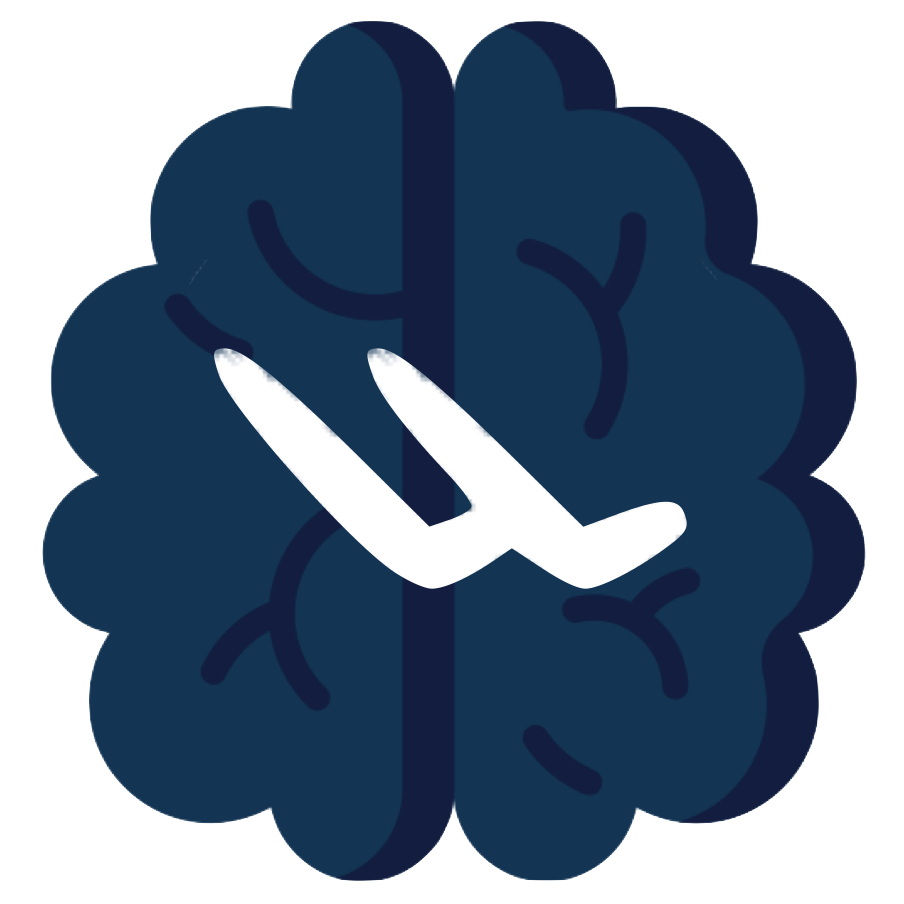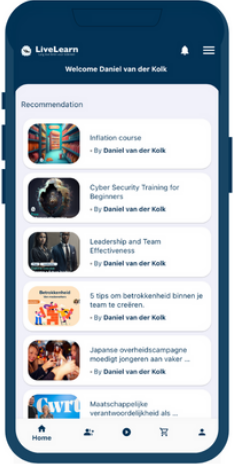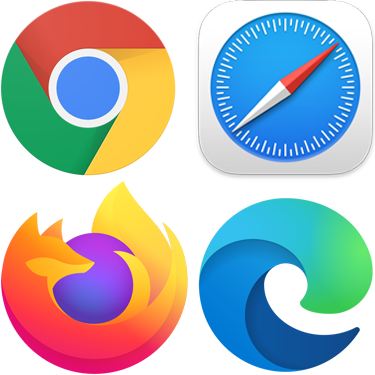
Artikel
18
januari
How to Get Started with Robotics Programming
A Guide to discover how to get started with Robotics programming
In the ever-evolving landscape of technology, robotics stands out as a captivating field where the marriage of hardware and software brings machines to life. Aspiring roboticists often find themselves at the intersection of creativity and logic, where programming becomes the bridge between imagination and tangible functionality. This article serves as a comprehensive guide for those looking to take their first steps into the realm of robotics programming.
The Significance of Programming in Robotics:
Programming is identified as a linchpin skill for anyone venturing into the world of robotics. Robots, the autonomous entities we aim to create, rely on computer programs to process sensor data, engage in cognitive processes, and plan and execute actions. These programs essentially consist of sets of instructions that manipulate input to produce the desired output.
To illustrate this concept, consider a face recognition program within a robot. The program would follow a precise sequence: capturing an image as input, scanning for specific features, comparing these features to a library of known faces, identifying a match, and finally, outputting the name of the recognized person. This sequence of instructions forms the basis of how robots interpret and respond to the world around them.
Programming Languages in Robotics:
Diving into the world of programming for robotics requires an understanding of various programming languages. While options abound, the most prevalent languages in robotics are C/C++ and Python. C/C++, with its roots in imperative programming, is widely used due to its efficiency and versatility. Python, known for its readability and versatility, is a favorite, especially in the context of machine learning and the development of Robot Operating System (ROS) packages.
Software Tools Shaping the Robotic Landscape:
Integral to the field of robotics are software tools that facilitate the creation of complex robot applications. The Robot Operating System (ROS) stands out as a comprehensive set of libraries and tools, empowering developers to build robust robotic systems. With support for programming languages such as C/C++ and Python, ROS opens avenues for both seasoned programmers and those new to the field.
Matlab, a programming language used for data analysis, seamlessly interfaces with ROS, providing additional capabilities for researchers and developers. Its open-source counterpart, Octave, offers a free alternative to Matlab.
C Programming and the Arduino Microcontroller:
For those taking their initial strides into programming, the C/C++ language emerges as a foundational choice. The Arduino microcontroller serves as an ideal platform for hands-on learning, offering a tangible environment for grasping the basics of C programming.
The Arduino, priced affordably at around EUR 19, features a user-friendly development environment that can be downloaded for free from the Arduino website. With a plethora of example projects and tutorials, the Arduino ecosystem nurtures a supportive environment for beginners and enthusiasts alike.
Python and the Raspberry Pi:
Python, recognized for its user-friendly syntax and extensive libraries, is another language with significant relevance in the field of robotics. Particularly noteworthy is its association with the Raspberry Pi, a credit-card-sized computer that serves as a versatile tool in the roboticist’s arsenal.
The Raspberry Pi Foundation has curated free online courses, guiding enthusiasts on how to leverage a Raspberry Pi in robotics project. The Raspberry Pi, equipped with a 1.2 GHz quad-core ARM processor, Ethernet, wireless capabilities, Bluetooth, HDMI, and USB ports, embodies the essence of a compact yet powerful computing device.
Distinguishing Between Arduino and Raspberry Pi:
While both the Arduino and Raspberry Pi find applications in robotics, they possess distinct characteristics catering to different needs. The Arduino functions as a microcontroller, running a single program looped continuously. Well-suited for low-level robot control, it includes features like analogue-to-digital conversion for interfacing with analogue sensors.
On the other hand, the Raspberry Pi operates more like a conventional PC, providing versatility but lacking analogue-to-digital conversion features. Running a Linux operating system, typically Raspian, the Raspberry Pi allows for a range of connections, including keyboard, mouse, monitor, and peripherals like cameras, making it a powerful tool for diverse robotic applications.
What's your reaction ?
Follow us on Social Media
Recent posts

November 22, 2024
Loonkosten 2025: hier kun je als werkgever op rekenen

November 20, 2024
Books Article

November 19, 2024
Hoe Aristoteles nu zorgt voor impactvolle communicatie

November 16, 2024
Loonkosten 2025: hier kun je als werkgever op rekenen

November 09, 2024
Dit betekent het regeerakkoord voor jou als ondernemer

 Inloggen
Inloggen
 Registreren
Registreren






Comments (0)
No reviews found
Add Comment